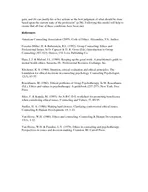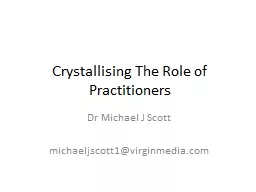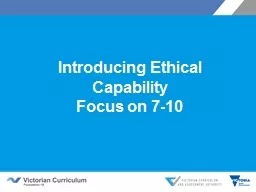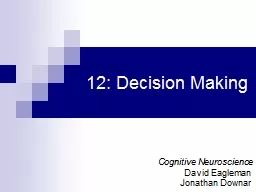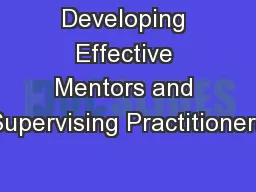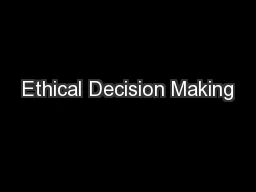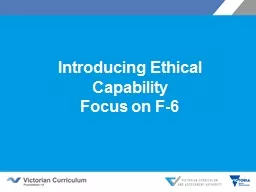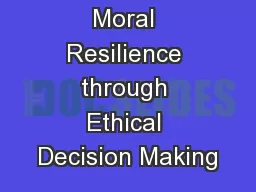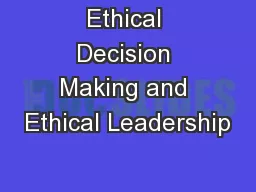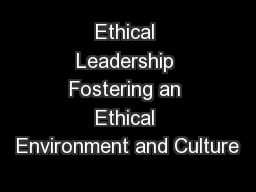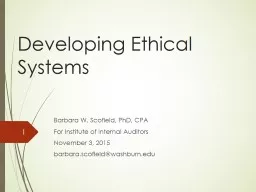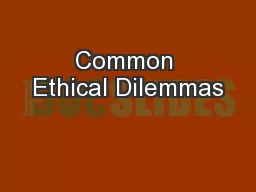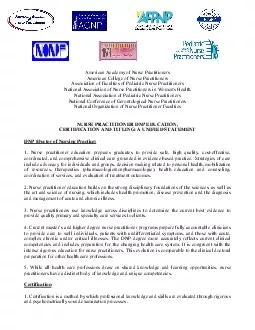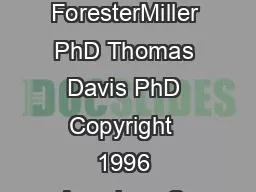PDF-A Practitioners Guide to Ethical Decision Making Holly ForesterMiller Ph
Author : alida-meadow | Published Date : 2014-12-16
D Thomas Davis PhD Copyright 1996 American Counseling A ssociation A free pub lication of the American Counseling Association promoting et hical counseling practi
Presentation Embed Code
Download Presentation
Download Presentation The PPT/PDF document "A Practitioners Guide to Ethical Decisio..." is the property of its rightful owner. Permission is granted to download and print the materials on this website for personal, non-commercial use only, and to display it on your personal computer provided you do not modify the materials and that you retain all copyright notices contained in the materials. By downloading content from our website, you accept the terms of this agreement.
A Practitioners Guide to Ethical Decision Making Holly ForesterMiller Ph: Transcript
Download Rules Of Document
"A Practitioners Guide to Ethical Decision Making Holly ForesterMiller Ph"The content belongs to its owner. You may download and print it for personal use, without modification, and keep all copyright notices. By downloading, you agree to these terms.
Related Documents

